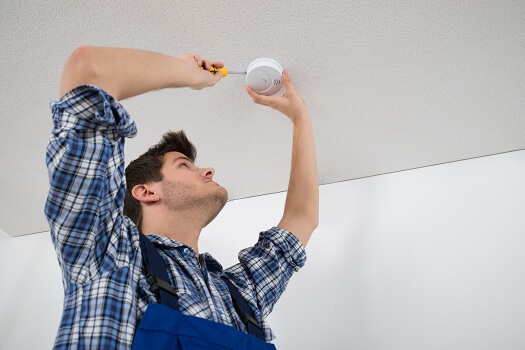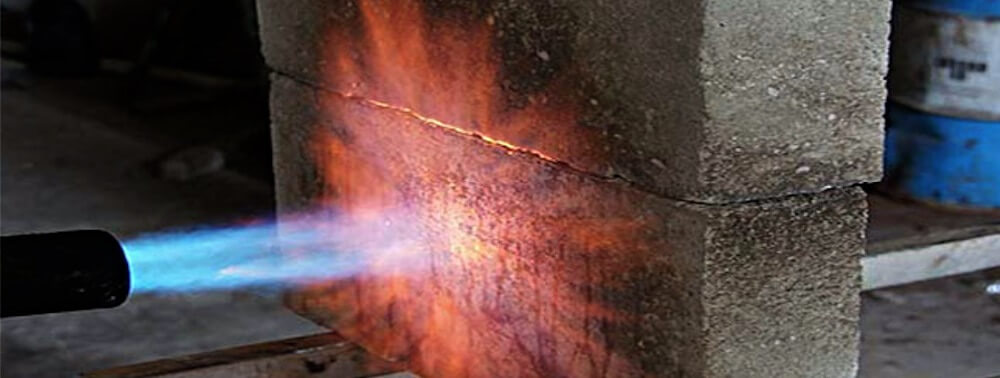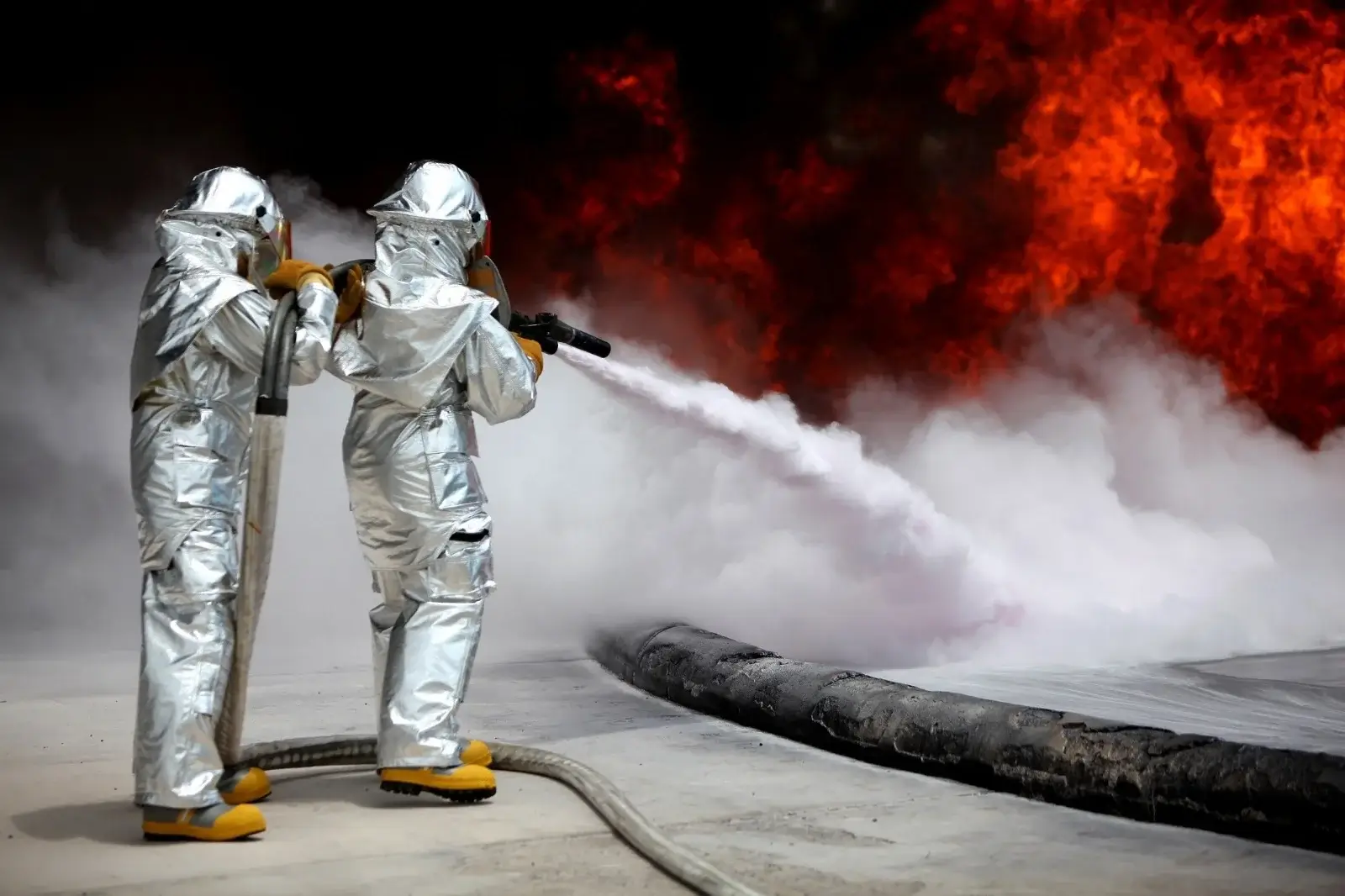
With recent school-related fire incidents in the news, it’s important that school administrators across the country proactively adopt and reinforce comprehensive fire prevention measures.
But beyond the basics like installing alarms and conducting drills, what proactive steps can schools take to foster a safer environment? And how can awareness and education play a pivotal role in preventing potential tragedies?
Let’s explore this in further detail.
Try These 5 Fire Prevention Tips

Every year, U.S. fire departments respond to an average of 3,230 fires in schools. That amounts to roughly nine fires every single day. Not only do these fires contribute to an estimated $37 million in property damages, but 66 percent of them occur between the hours of 8 a.m. and 4 p.m., meaning they put the lives of students and teachers at risk.
As a school administrator, government official, or teacher in charge of safety at your school, understanding how to prevent fires should be a primary focal point and concern.
Here are several proactive steps you can take:
Conduct Regular Audits and Maintenance
One of the leading causes of fires in buildings, including schools, is faulty electrical systems. Overloaded circuits, aging wiring, and malfunctioning electrical appliances all contribute to this. As such, it’s extremely important to conduct regular, thorough audits of the school’s electrical infrastructure.
Audits should involve inspecting wiring, circuit breakers, electrical panels, and appliances to ensure they’re in good condition and meet safety standards. You’ll want to consider hiring a professional electrician to perform these audits at least once a year. Regular maintenance can identify potential hazards before they escalate into serious problems.
Use Fire-Resistant Materials

When constructing new school buildings or renovating existing ones, prioritize using fire-resistant materials. It might cost a little more upfront, but it can save you big in the long run.
From the roofing materials to the type of insulation, and even the furnishings, choosing materials with high fire-resistance ratings can dramatically reduce the risk of fire spreading rapidly. Fire-resistant doors, walls, and ceilings can contain a fire, providing more time for evacuation and for emergency services to respond. (These are the kinds of materials townhomes and apartment buildings often use in between units to isolate a fire.)
Invest in Advanced Fire Detection and Suppression Systems

While traditional smoke alarms and fire extinguishers are essential, consider investing in more advanced fire detection and suppression systems.
- Automated sprinkler systems can control or even extinguish fires before they spread, significantly minimizing damage and risk to life.
- Smoke detection systems that are connected to a central monitoring system can ensure a quicker response from emergency services.
Technology has also made fire alarms available that can be integrated with public address systems, facilitating real-time communication and instructions during an evacuation.
Ensure Clear and Unobstructed Evacuation Routes
In the event of a fire, a well-planned and clear evacuation route can save lives. It’s crucial that all hallways, corridors, and exits are kept free from obstruction at all times. Regularly check that all exit doors are functional, easily accessible, and not blocked by furniture or equipment.
Additionally, ensure that evacuation routes and exits are clearly marked and well-lit, especially in areas that are less frequently used, such as storerooms and basements. Conducting regular evacuation drills will familiarize students and staff with these routes, reducing panic and chaos in the event of an actual emergency.
Foster a Culture of Awareness

Awareness and education are powerful tools in preventing fires – don’t underestimate this!
Develop a comprehensive fire safety education program for both students and staff. This program should cover the basics of fire prevention, how to respond in case of a fire, and the use of fire extinguishers.
Regular training sessions, workshops, and fire drills can reinforce this knowledge and ensure that everyone knows what to do in an emergency. It’s also in your best interest to encourage students and staff to be vigilant and report any potential fire hazards they notice, fostering a collective responsibility toward fire safety.
Adding it All Up
At the end of the day, preventing school fires is an extremely important and critical responsibility for school administrators and officials. By implementing some of the tips highlighted above, you can keep your buildings and students safer.
Don’t procrastinate in these areas!
Martin Ellis
Related posts
Stay connected
Today's pick
- The Importance of Professional Handyman Services for Your HomeYour home is your sanctuary, a place of comfort and security, but maintaining it can be a daunting task. From routine maintenance to unexpected repairs, there’s always something that needs attention. While many homeowners might be tempted to tackle these jobs themselves, not all tasks... The post The Importance of Professional Handyman Services for Your […]
